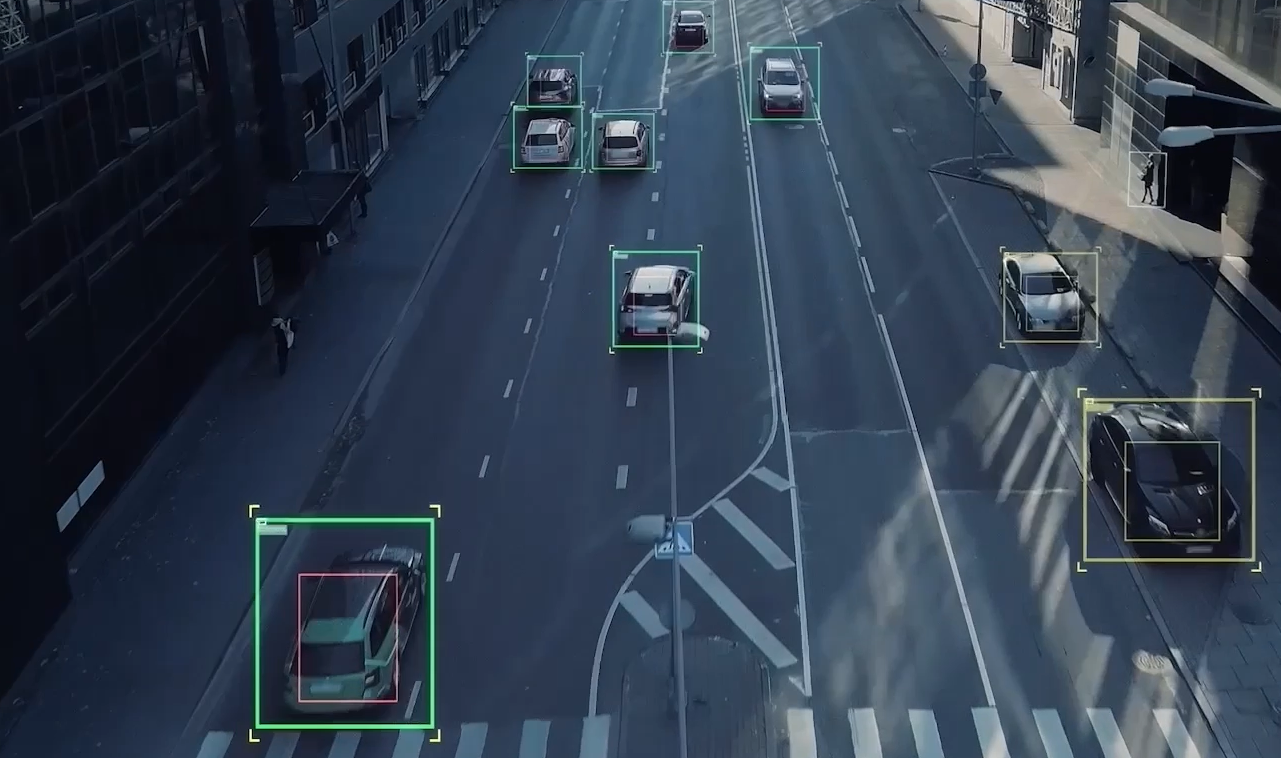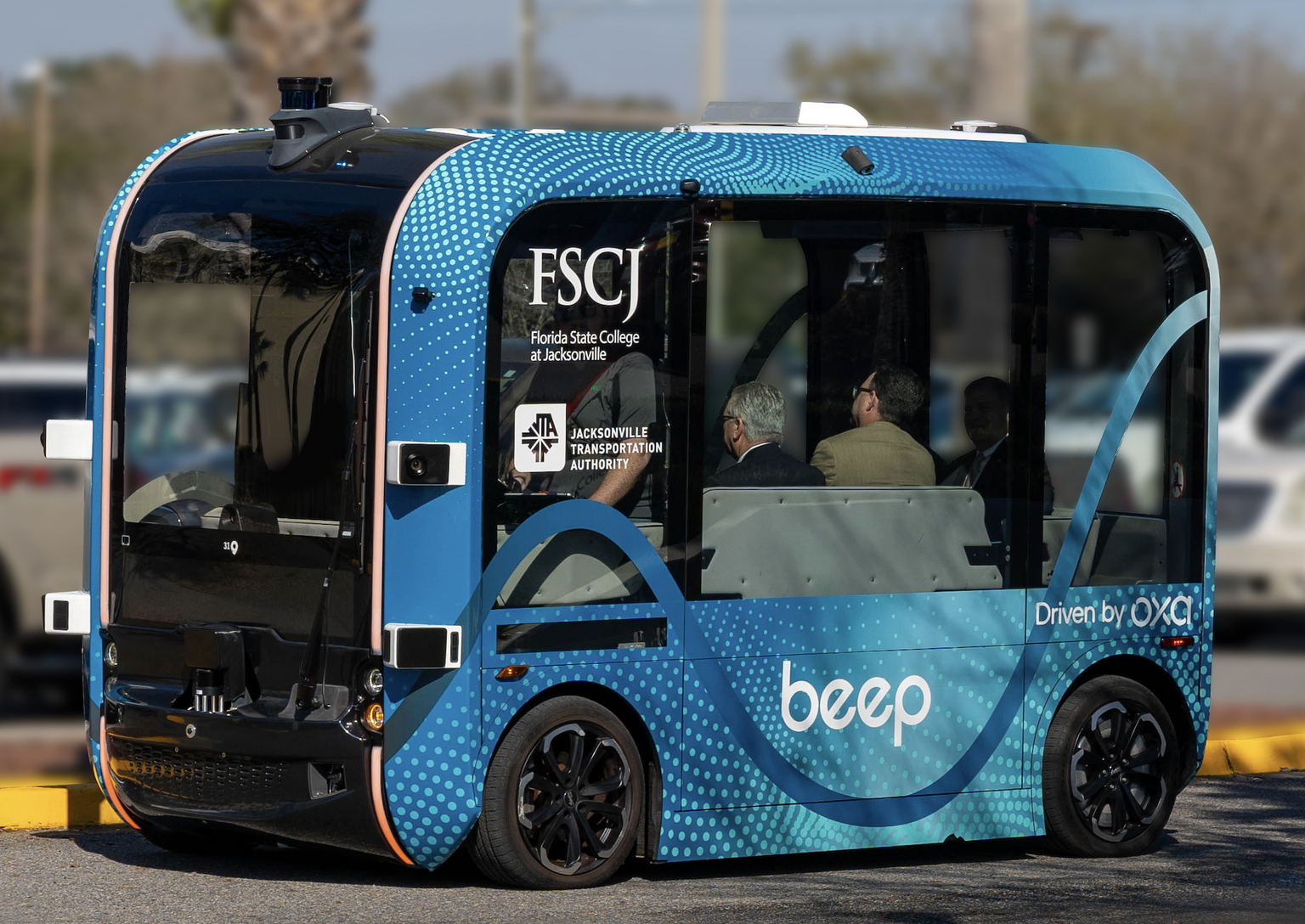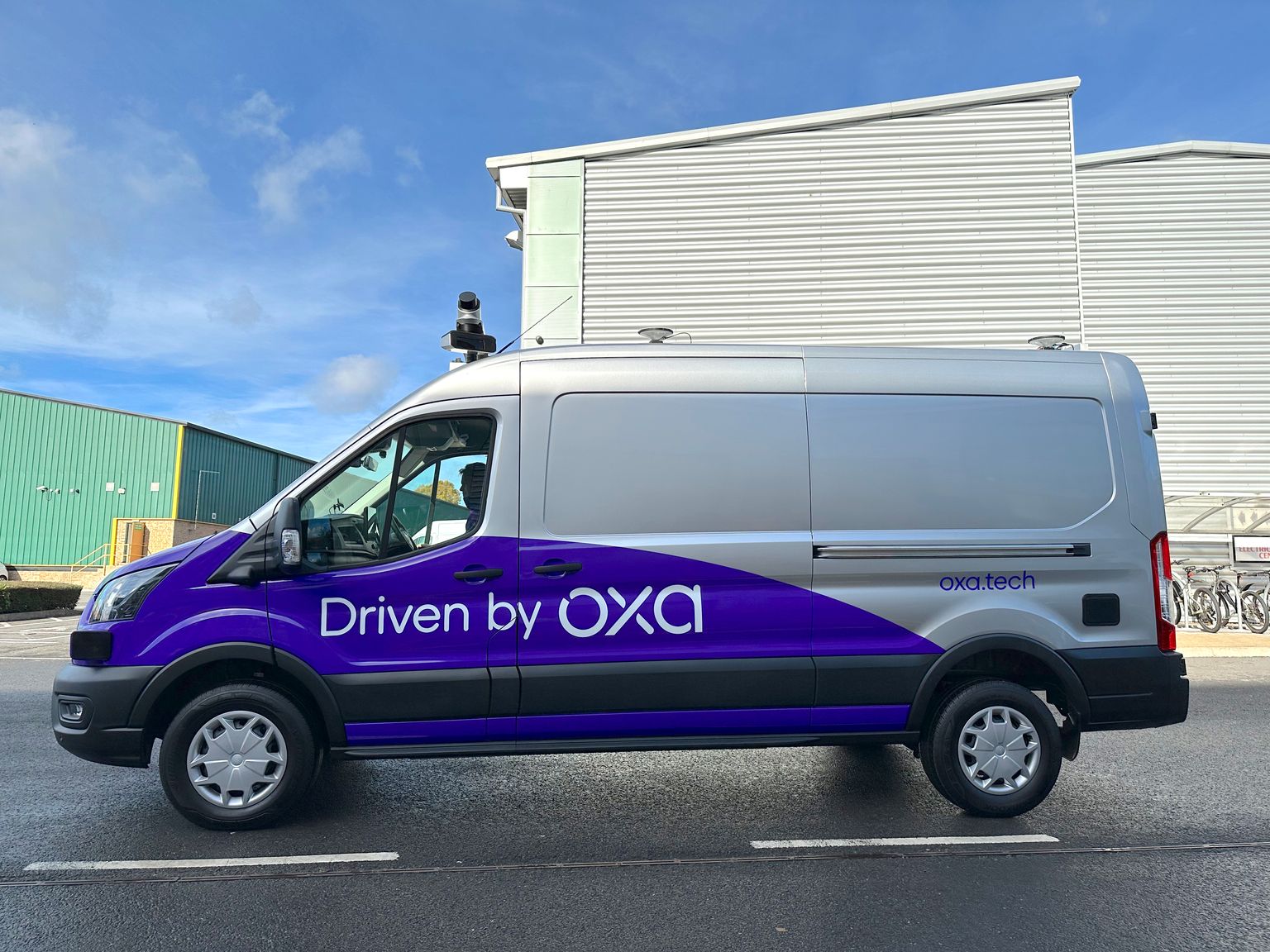Scaling Self-driving Technology on the Path to Ubiquity
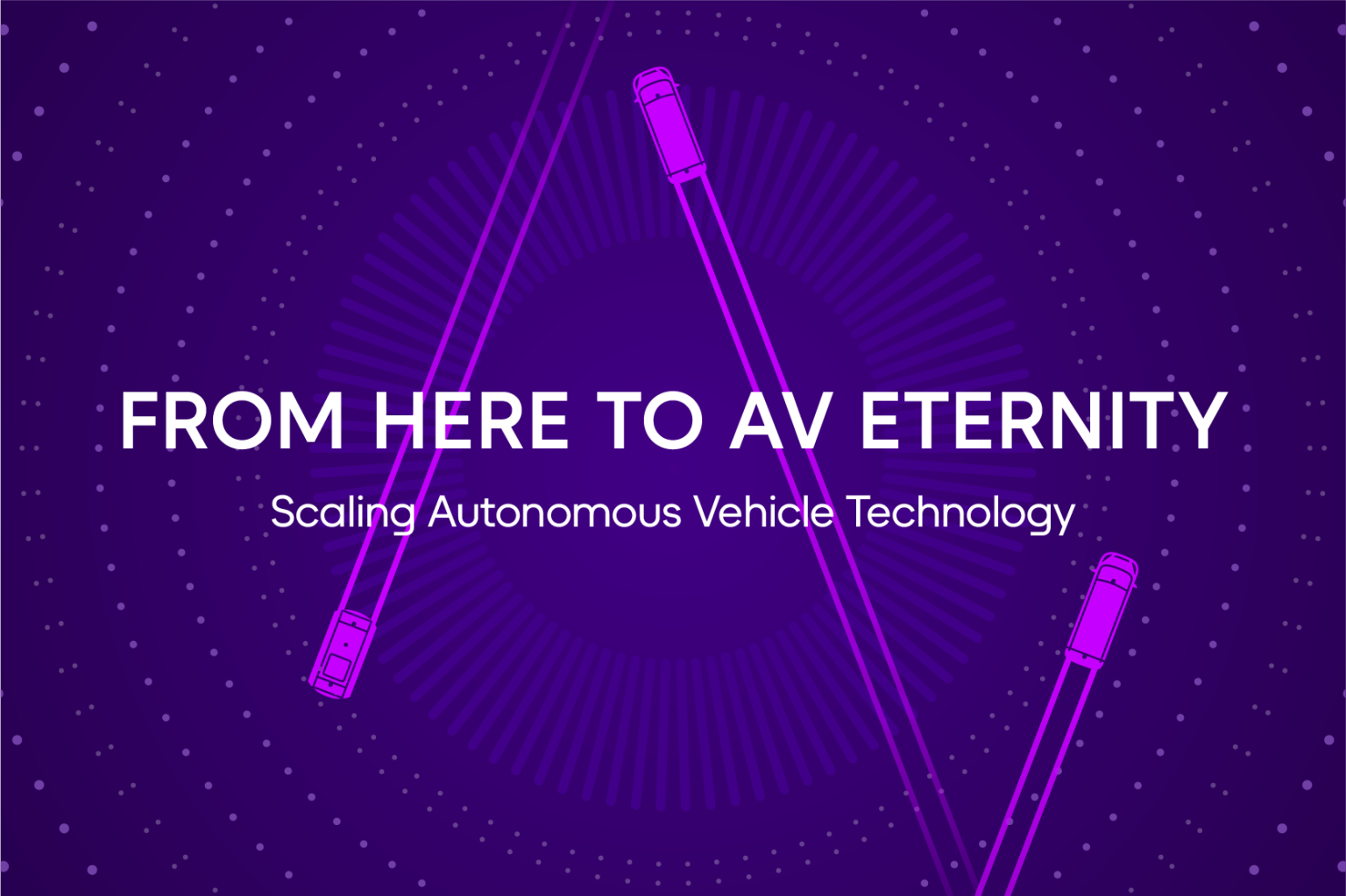
Gavin Jackson, CEO at Oxa
- Oxa's CEO, Gavin Jackson, has worked in executive roles at global technology companies including Microsoft, Amazon Web Services, EMC, VMware, and UiPath. He graduated from Cranfield Business School, IMD School of Management, and Harvard Business School’s executive leadership program.
In this article, Gavin assesses how commercial autonomous vehicle (AV) deployments can reach massive scale, and the challenging questions all AV innovators must answer to ensure safe deployment of vehicles across all sectors and markets.
Many of our technical experts have worked with autonomous vehicles (AVs) for more than 25 years. Projects have included deploying autonomous underwater vehicles in freezing waters beneath the Arctic sea ice, and for Oxa - trialling road vehicles on UK countryside lanes and scorchingly hot test tracks in Florida. All of this rich experience is part of the development journey the AV industry has been on.
In 2024, we’re facing off to a new deployment challenge; arguably the most hostile terrain any autonomous vehicle has ever encountered. The industry is entering the commercial world, where all AV companies are trying to prove their technology is robust from an engineering and a financial perspective.
Oxa became the UK’s first exporter of commercial self-driving software when shuttles running Oxa Driver launched in Jacksonville, Florida in February 2024
At Oxa, we’ve already expanded into international markets, and by the end of 2024, our self-driving technology will be in use in multiple passenger shuttles, an energy farm, global hub airport, and a retail environment. We’ll have deployed Oxa Driver software in more than a dozen vehicle types: shuttles, transit vans, 4x4 pick-ups, small industrial trucks and more. And we'll have seen Oxa powered vehicles having run in over 10 cities, across two continents; all on the same foundational software.
It's breathless stuff but no company can get carried away! Building commercially viable AVs in a production-line way is coming fast but it’s still a work in progress for all. There’s also disagreement over the sectors to focus on first, and there’s no consensus yet on what a universally safe (and assured) environment should look like. Momentum however is picking up, with the most urgent needs for autonomy becoming clear - notably in shared passenger transportation, industrial logistics and asset monitoring in environments such as solar farms. All these applications are viable because autonomy will solve immediate issues; helping businesses to optimise transportation operations, mitigate driver shortages, steal a march on competitors and reduce climate impacts.
Timing is Everything
However, while the pace of AV rollout is accelerating you’ll also see autonomy companies all have unique approaches to scaling driven by their own technological and business philosophy. The differences can be stark and many question which is the right direction? Our approach is to stay anchored to our long term vision of Universal AutonomyTM and our steadfast mission to unlock the value of self-driving technology to every person and organisation on the planet.
Our business anchors force us to think long term about maintaining a scalable, extensible and generalisable architecture providing a firm foundation for our Oxa Driver software platform. We also know how important it is to learn from real world customer deployments; there’s no compression algorithm for experience! For example, our customers want technology that is modular and easily explainable as it avoids the risk of "black box" decision-making that is harder to interpret.
Balance is vital in all things. While artificial intelligence has taken Oxa to new levels, and we’re on an exponentially accelerating development path, we’re also constantly checking to ensure our technology remains explainably safe, commercially available for all, and composable - i.e., adaptable and scalable for broad use globally.
My view: autonomous vehicles development will not be based on any “either/or” scenario. A symphony of technologies and techniques calling on the right notes for the right purpose at the right time is how we’ll unlock value today - whilst continuing along a path to universal, ubiquitous, generalisable software. Allied to that, I think durable AV companies will also be defined as those able to develop products that meet mass market needs.
An extract from an article by Pennsylvia’s Wharton School (alumni includes Sundar Pichai, Elon Musk and Warren Buffett) sums up the challenge nicely:
“... during the early state of a technology, the users who are going after it are not the ones who really care about the total value — they just like the new technology. That’s a very small part of the market. The mainstream users are looking to see, what’s the main value proposition? Not just technology being new.”
As the extract notes: having a well-defined value proposition for the commercial development of a technology is everything. It’s why I don’t rule Oxa out from any autonomy application - including robotaxis or private cars. The trick is matching price/performance with the relevant customer audience, and need, at the right time. For that reason, Oxa Driver is architected to generate value today but with a path to cover any viable application.
Similar logic applies up and down the supply chain and in industrial logistics in particular. By applying autonomous vehicle technology to areas of urgent need you are also likely to align with the necessary price/performance ratios.
A new report is coming to guide you
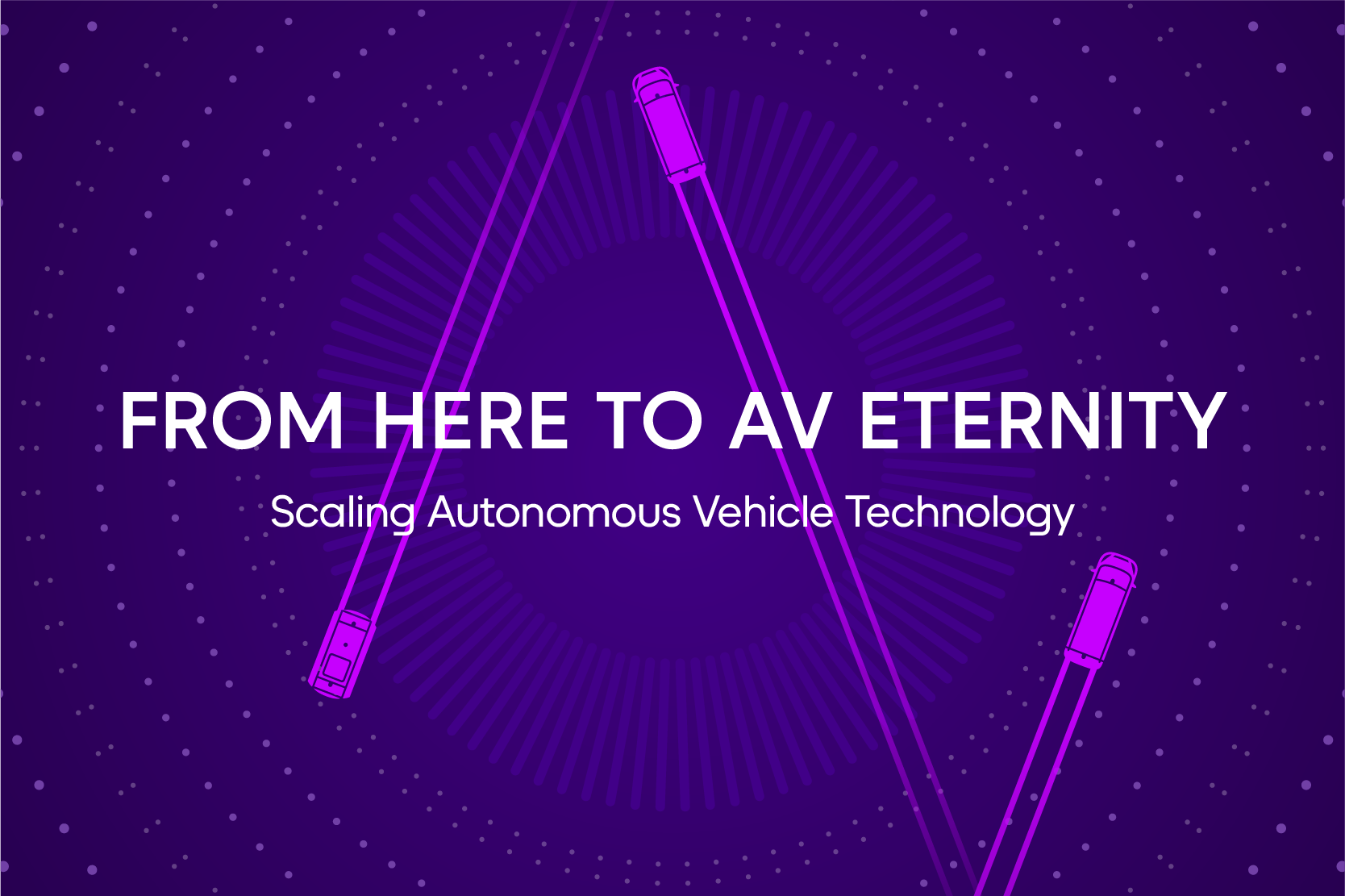
Follow Oxa on LinkedIn for updates on report publication
I’ve posed a few questions around the AV evolution and we will attempt to answer them in a new report called “From Here to AV Eternity”. We’ll advise via our social channels when it will be published but I can tell you it will include commentary from multiple autonomy sector experts.
For example, Paul Newman, UK CAM Champion and Oxa Founder and CTO, will discuss the various technology approaches. Silicon Valley company veteran and Oxa Chief Product Officer Graeme Smith will be answering questions about how cutting edge AI can be safely turned into off-the-shelf products. Additionally, less-explored areas will be covered, including insurance, investment, and strategies to facilitate job transformation. Reports being published already point to a wealth of new opportunities such as Steer Group's Fourth Economy assessment identifying the need for 190 new jobs in manufacturing and servicing for every 1,000 AVs produced.
You can read the first instalment as a taste of what’s to come, authored by Oxa Chief Commercial Officer, Richard Jinks here. Richard discusses how autonomous vehicles can move from R&D trials into profitable deployments at scale. Amidst the excitement of technological advancements, it’s easy to overlook the necessity for autonomy to become a viable business opportunity; otherwise, the numerous positive impacts will only benefit a small minority, and the full potential of AVs will remain unrealised. Part of the argument centres around the order in which deployments happen. You can look at my prediction below.
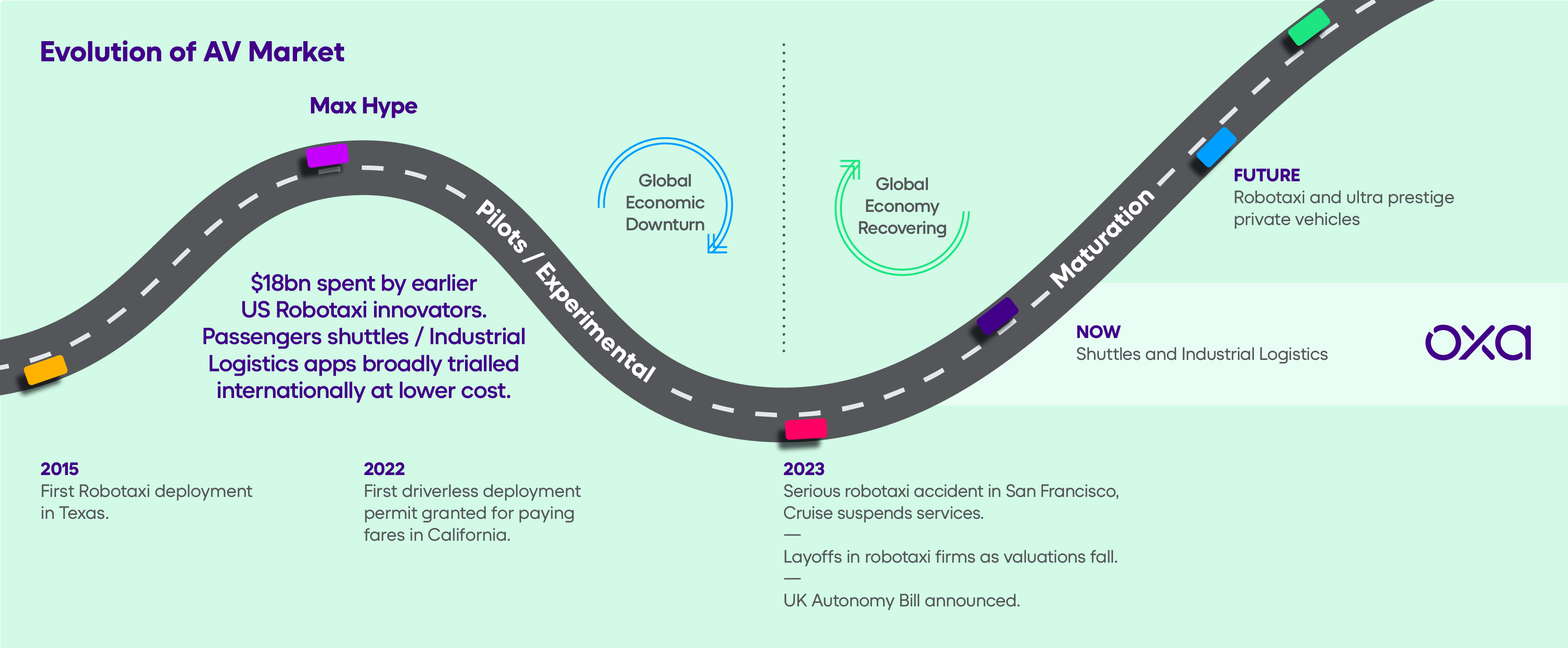
Oxa's view of how autonomous vehicle deployments will scale commercially
Follow us on LinkedIn for updates on the report’s publication, and all of our other news too.
Gavin Jackson
CEO, Oxa

